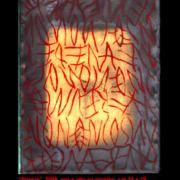Evolution of the psychoanalytic theory of anorexia
Abstract
The author carries out a brief theoretical and bibliographic review on the various psychoanalytic perspectives that have tried to focus on multiple aspects of anorexia and introduces her hypothesis by exploring new points of knowledge on the disorder through the presentation of a case of early anorexia. The article focuses on the complex intrapsychic and relational vicissitudes of the anorexic world, following the Bionian theory (1965) of “transformations into hallucinosis”; it is a question of an “other” world, wonderful and “superior”, different from the human one of the given body. By making a pact with the divinity, the anorexic produces a double movement of denial, both with respect to the breast and the “lower” Read more





